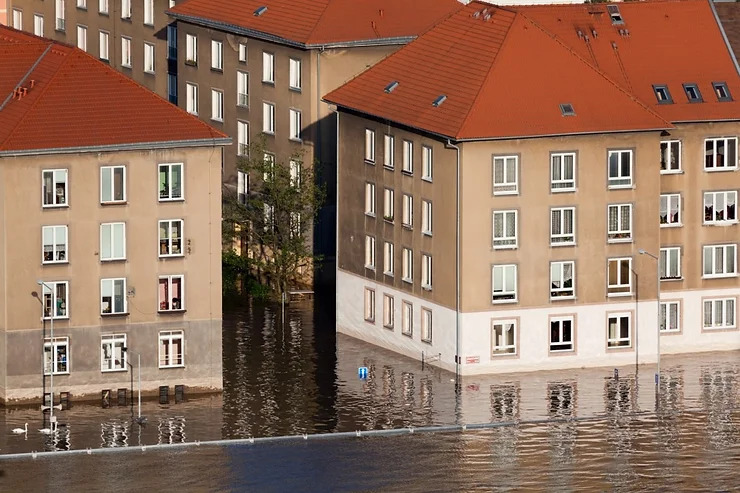Besides paying out of pocket, you have limited options in this regard. One such option is to prove that the cause of the damage is actually covered.
You could argue that the cause of the damage was because of a burst pipe and not due to a natural flood. The burst pipe then caused an internal flood that led to your foundation shifting. ‘Internal floods’ is a covered risk event.
Your best bet is to hire professional services to ascertain the exact cause of the damage. This way, you’ll be able to tell whether the cause of damage is covered or isn’t prior to filing a claim.
To be safe, if you live in a flood-prone area like Florida or earthquake-prone area like California, make sure to strongly consider taking supplemental policy. With $30,000 being the average insurance claim, it’s certainly worth a consideration.
Proactive Ways to Keep Your Foundation Well-Maintained
1. Always be on the lookout for signs of damage.
Inspecting your foundation can help you prevent extensive damage and, as a result, costly repairs. Telltale signs of foundation damage include:
- Counters and cabinets separating from the wall
- Floors beginning to sag or appear uneven
- Gaps forming around window frames or exterior doors
- Doors sticking or failing to open and close properly
- Your home appearing to sink
- Cracks and other types of fractures beginning to appear on the foundation, walls and/or floors
2. Correct your landscape grade.
There are two types of grades: negative and positive grades. Negative yard grading slopes toward your home. When it rains, large volumes of water will stand next to your home’s foundation. Over time, this can lead to foundation failure.
Positive yard grading ensures water stays away from your home’s foundation. This is what you should aim for. This is because water flows away from your foundation.
3. Correct ground and roof drainage.
Flood water can cause adverse effects on your home’s foundation. Poor ground drainage can cause water to stand next to your foundation. Also, improperly maintained gutters and downspouts can lead to flooding.
4. Maintain constant levels of moisture.
Too much water or very dry conditions don’t go well with foundations. Dry weather makes the soil shrink, leading to foundation problems. Maintaining the right moisture level is therefore key.
You should, nevertheless, pay attention not to over water your foundation.
In the end, foundation maintenance is the best way to avoid costly repair damages. If damage occurs to your foundation, let it be because of an insurable event and not because of negligence.





